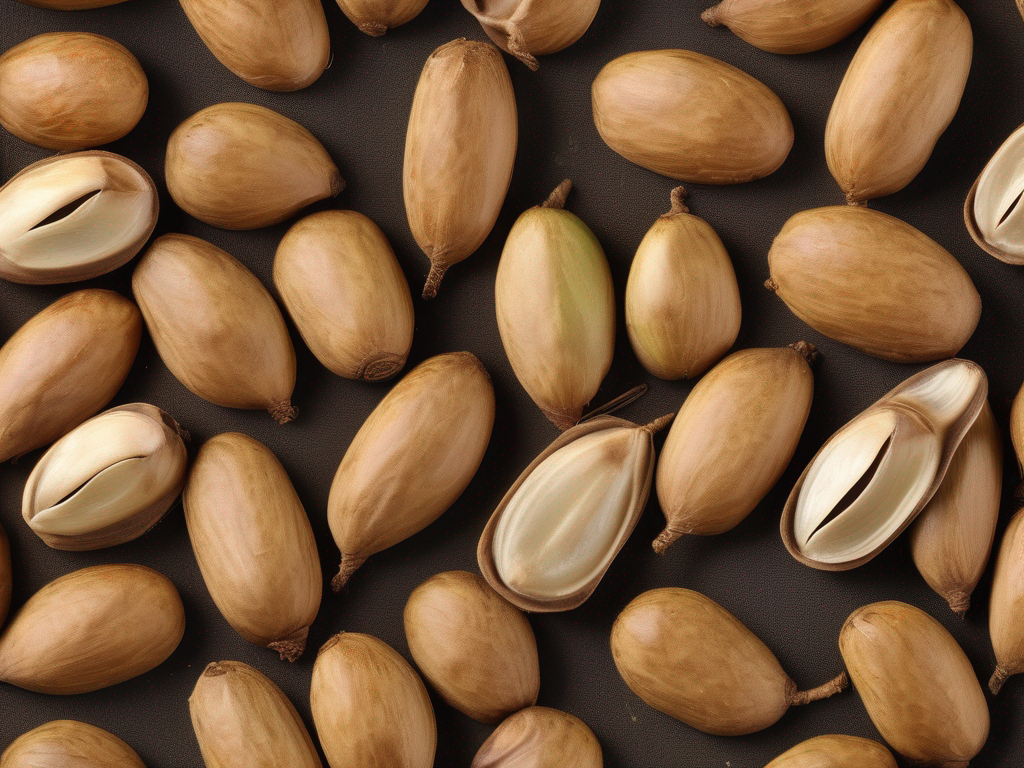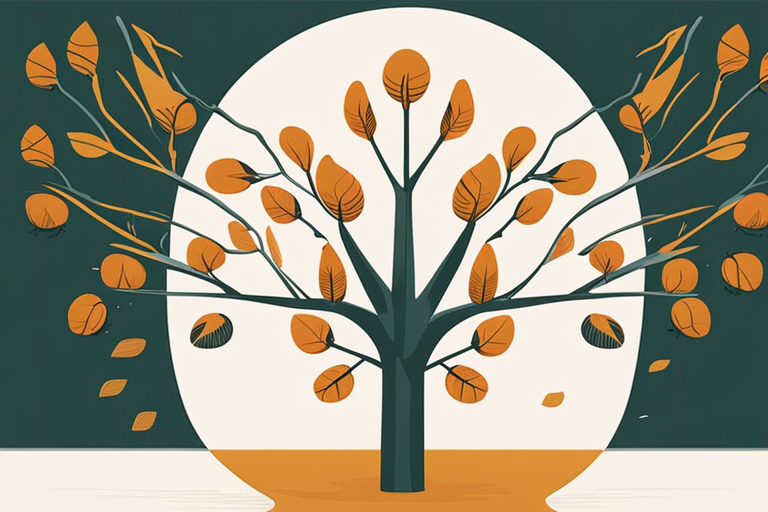
How to Tell if Breadnut Tree Seed Has Gone Bad
Get Your Free Food Safety Cheat Sheet
30 most common foods with instant answers. Print it and stick it on your fridge—completely free!
How to Tell if Breadnut Tree Seed Has Gone Bad
Breadnut tree seeds, also known as breadnuts or Brosimum alicastrum, are a nutritious and versatile food source that can be enjoyed in various dishes. However, like any food item, breadnut tree seeds can go bad if not stored properly. In this blog post, we will discuss how to tell if breadnut tree seeds have gone bad and provide you with practical tips on how to ensure their freshness and safety. (Breadnut tree seed)
Understanding Breadnut Tree Seeds
Before we delve into ways to determine if breadnut tree seeds have spoiled, let's first understand what they are and how they are typically used in cooking:
What are Breadnut Tree Seeds?
[Breadnut tree seeds](/food/breadnut tree seed) are the edible seeds of the breadnut tree, a species native to tropical regions of the Americas. These seeds are rich in nutrients, including protein, fiber, and essential vitamins and minerals. They have a mild, nutty flavor and a slightly chewy texture, making them a popular ingredient in various traditional dishes.
Common Uses of Breadnut Tree Seeds
- Roasted and eaten as a snack
- Ground into flour for baking
- Added to soups and stews for added texture and flavor
Signs that Breadnut Tree Seeds Have Gone Bad
Now, let's explore the indicators that breadnut tree seeds have spoiled and should not be consumed:
1. Mold Growth
- Visual Inspection: Check the surface of the breadnut tree seeds for any signs of mold growth. Mold can appear as fuzzy spots or discoloration on the seeds.
- Texture Changes: Mold can also cause the seeds to become soft or mushy.
2. Off Odor
- Sniff Test: If the breadnut tree seeds emit a musty or sour odor, it is a sign that they have gone bad and should be discarded.
3. Rancid Taste
- Taste Test: If the breadnut tree seeds taste bitter, sour, or generally off, it indicates that they have spoiled and should not be consumed.
4. Changes in Color
- Color Fading: If the seeds have lost their vibrant color and appear dull or discolored, it could be a sign of spoilage.
5. Presence of Insects or Pests
- Visual Inspection: Check for any signs of insect infestation or pests in the packaging or around the breadnut tree seeds. Insects can contaminate the seeds and render them unsafe for consumption.
Tips for Ensuring Freshness and Safety
To prolong the shelf life of breadnut tree seeds and prevent them from going bad, follow these practical tips for storage and handling:
1. Proper Storage
- Store breadnut tree seeds in an airtight container or resealable bag to protect them from moisture and pests.
- Keep the seeds in a cool, dry place away from direct sunlight and heat sources.
2. Refrigeration
- For long-term storage, consider refrigerating the breadnut tree seeds to maintain their freshness and extend their shelf life.
3. Labeling and Rotation
- Label the storage container with the date of purchase or expiration to keep track of the freshness of the seeds.
- Practice first in, first out (FIFO) rotation to ensure that older seeds are used before newer ones.
4. Proper Handling
- Wash your hands before handling breadnut tree seeds to prevent contamination.
- Use clean utensils and containers when scooping out the seeds to avoid introducing bacteria.
Conclusion
In conclusion, it is essential to be mindful of the signs of spoilage when it comes to breadnut tree seeds to ensure their freshness and safety for consumption. By following the tips outlined in this blog post for storing and handling breadnut tree seeds, you can enjoy this nutritious ingredient in your favorite dishes without the risk of consuming spoiled seeds. Stay vigilant, trust your senses, and prioritize food safety to make the most of your culinary experiences with breadnut tree seeds. (Breadnut tree seed)

Authoritative Food Safety References
These agencies and university labs inform every tip and health precaution we publish.
USDA FoodKeeper – Cold Storage Guidelines
Official refrigerator, freezer, and pantry timelines maintained by the U.S. Department of Agriculture.
Visit USDA FoodKeeperFDA Produce Safety Rule & Grower Guidance
Field-to-fridge handling practices that prevent contamination of fruits, vegetables, and leafy greens.
Visit FDA Produce SafetyCDC Foodborne Illness Prevention Hub
Surveillance-backed guidance on pathogens, symptoms, and steps to reduce foodborne illness risk.
Visit CDC Food SafetyUC Davis Postharvest Technology Center
University research detailing optimal storage atmospheres for produce after harvest.
Visit UC Davis PostharvestPenn State Extension – Home Food Preservation & Safety
Peer-reviewed extension bulletins on safe canning, chilling, and reheating practices.
Visit Penn State ExtensionHow can I tell if a breadnut tree seed has gone bad?
Can I still eat a breadnut tree seed if it has mold on it?
How should I store breadnut tree seeds to prolong their freshness?
Can I freeze breadnut tree seeds to preserve them?
Are there any health risks associated with eating spoiled breadnut tree seeds?
Get Your Free Food Safety Cheat Sheet
30 most common foods with instant answers. Print it and stick it on your fridge—completely free! Want more? Upgrade to the complete guide with 70+ foods.
Scan your food directly and get instant safety info using our AI-powered camera feature.